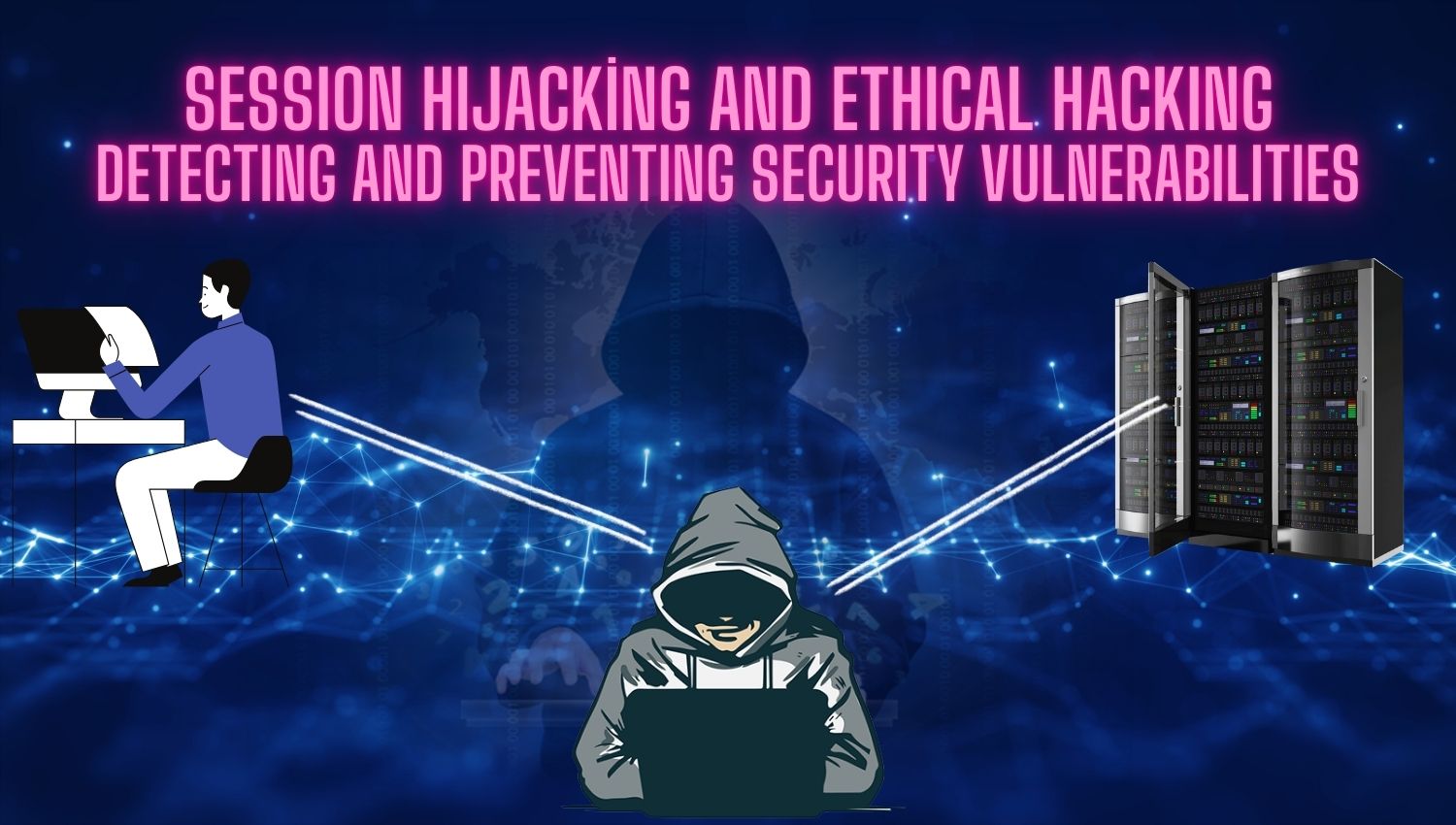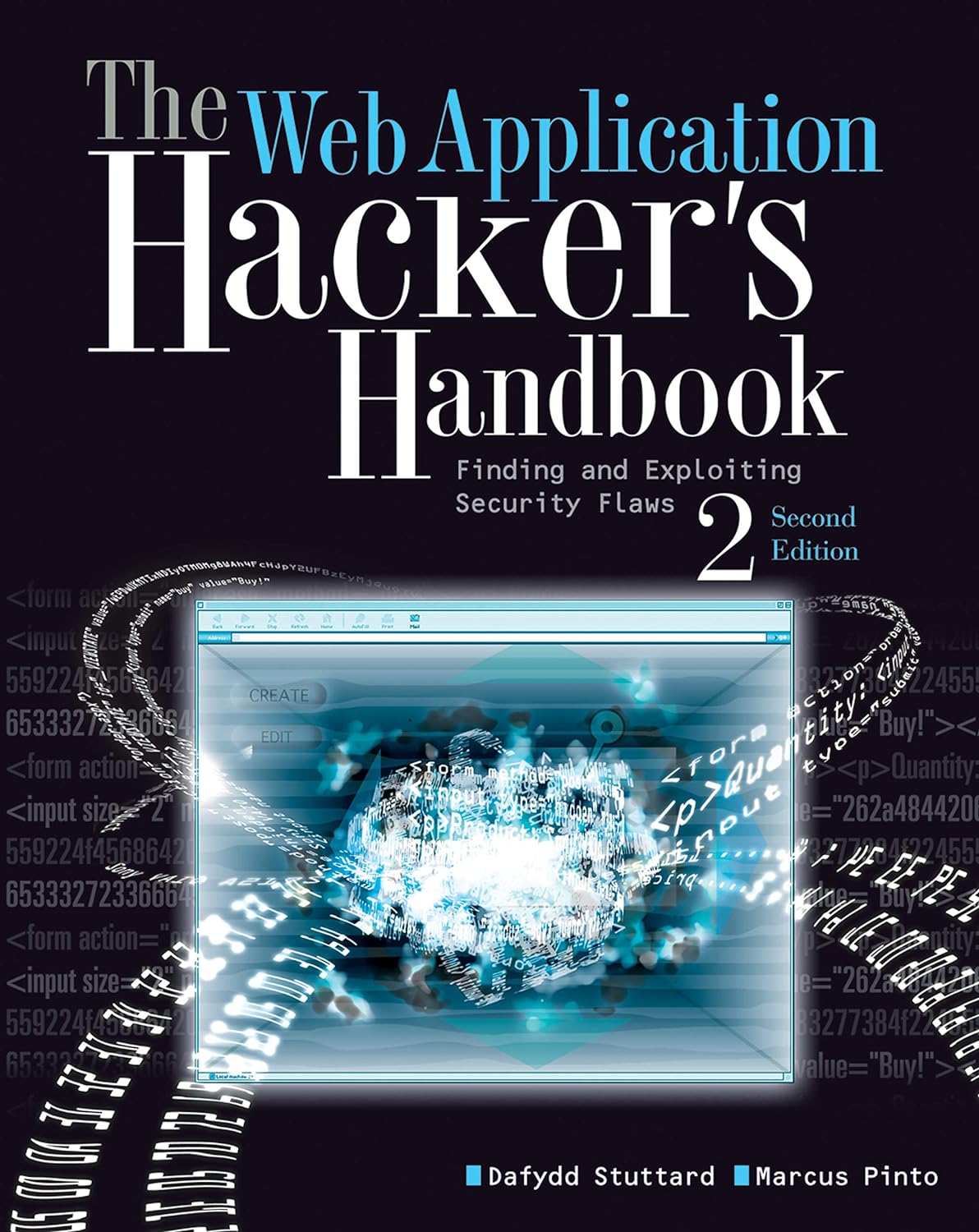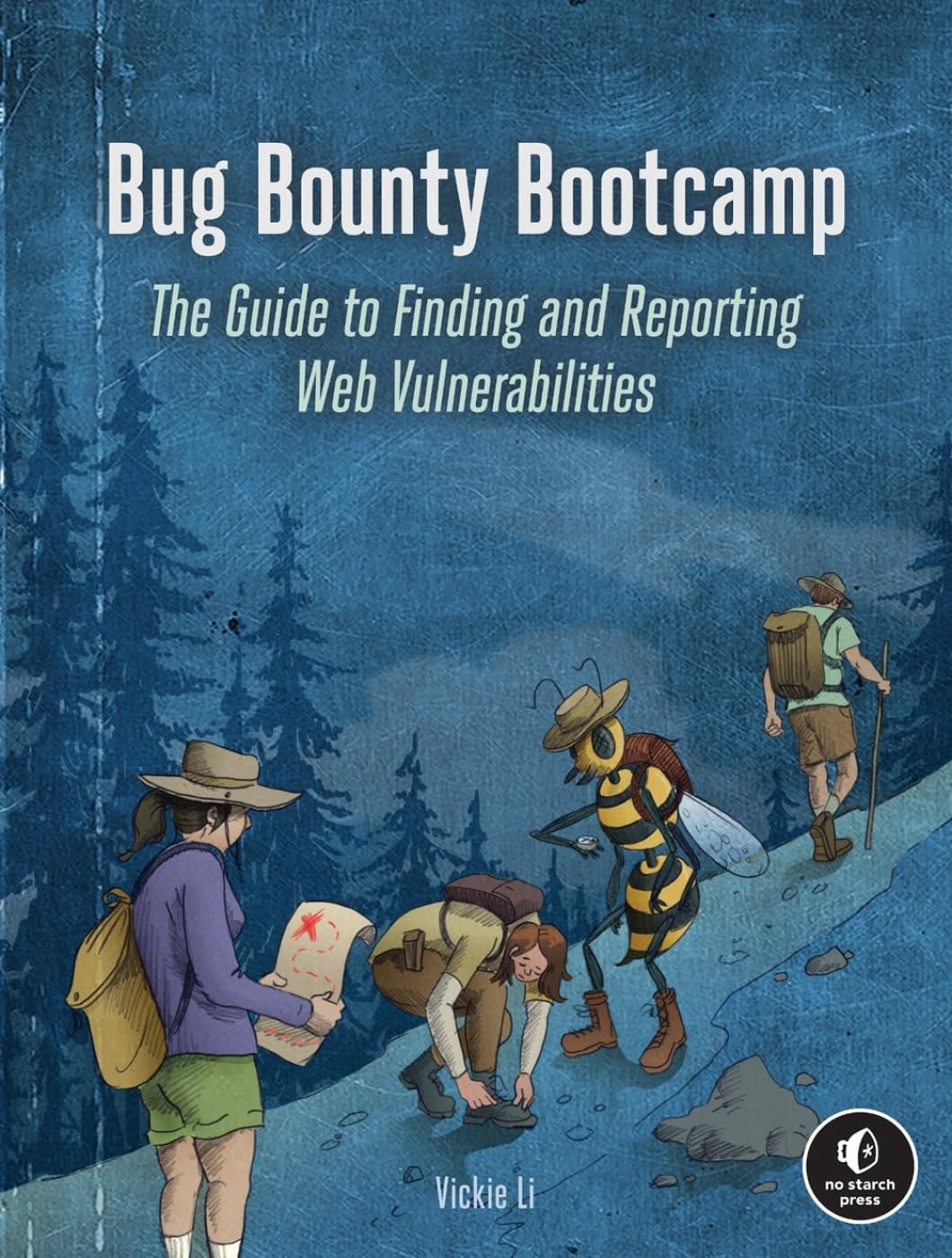Introduction
Session hijacking is a significant threat in the cybersecurity world, capable of causing substantial damage. Attackers gain unauthorized access to a user’s session by capturing session tokens. This type of attack can lead to identity theft, data breaches, and even financial losses in web applications that handle sensitive information, such as banking and e-commerce platforms. Ethical hackers use various techniques to identify and mitigate such security vulnerabilities. This article explores how session hijacking occurs, how it is detected using ethical hacking techniques, and what measures can be taken to protect against these attacks.
Learning Objectives
By reading this article, you will:
- Understand what session hijacking is and how it works.
- Discover how session security can be tested using ethical hacking methods.
- Learn the best practices for preventing session hijacking attacks.
- Gain insights into different session hijacking techniques and the security measures to counter them.
The Web Application Hacker’s Handbook
to most organizations, exposing them to attacks that may disclose personal information, execute fraudulent transactions, or compromise ordinary users. This practical book has been completely updated and revised to discuss the latest step-by-step techniques for attacking and defending
-30% $36.36 on amazonHow Session Hijacking Works
Session hijacking occurs when an attacker takes over an active session belonging to a user. This attack typically targets web applications or systems where the user is logged in and can occur in the following ways, Linux Basics: A Guide for Hackers:
- Session Token Theft: Session tokens are small pieces of data that authenticate a user’s identity when they log in. Attackers can steal these tokens to impersonate the user. This can be done through XSS (Cross-Site Scripting) attacks, network sniffing, or exploiting security vulnerabilities in the application. For example, an attacker might steal a cookie from the user’s browser to hijack the session.
- Session Fixation: In this technique, the attacker pre-defines a session token for the user and then takes over the session by using the same token after the user logs in. This attack is more common in systems with weak session management.
- Sidejacking: The attacker intercepts session tokens transmitted over an insecure network. This attack is especially prevalent when users log in over open Wi-Fi networks. By eavesdropping on the network traffic, the attacker can steal the user’s session information.
- Replay Attack: The attacker captures a valid session token and reuses it to gain unauthorized access. This attack is particularly effective when session tokens do not expire and can be reused.
Techniques Used in Ethical Hacking to Test Session Security
Ethical hackers use various techniques to test session security and identify vulnerabilities in a system:
- Session Token Analysis: Analyzing how tokens are generated, transmitted, and stored. Ethical hackers check if the tokens are weak or predictable. For instance, vulnerable tokens might follow a predictable format or may not be sufficiently random, Becoming a Hacker in 2024: A Roadmap.
- Cookie Security: Analyzing whether cookies have attributes like
HttpOnlyandSecure, which ensure cookies are only sent over HTTPS and are protected from client-side scripts.SameSiteattributes can also enhance security by restricting access to cookies from other sites. - XSS Testing: Testing for XSS vulnerabilities to prevent attackers from stealing session tokens. Ethical hackers identify and patch XSS vulnerabilities in web applications, ensuring that session tokens cannot be stolen. These tests particularly focus on whether user inputs are properly sanitized.
- Network Traffic Analysis: Capturing and analyzing network traffic to ensure session tokens are securely transmitted. Ethical hackers monitor network data to verify that session tokens are encrypted and test if attackers can intercept them using sniffing techniques.
- Session Management Testing: Examining how sessions are created, maintained, and terminated. Ethical hackers assess the system’s defenses against attacks like session fixation. These tests include checking for automatic session termination, whether tokens can be reused, and other session management security practices.
Bug Bounty Bootcamp: The Guide to Finding and Reporting Web Vulnerabilities
Bug Bounty Bootcampteaches you how to hack web applications. You will learn how to perform reconnaissance on a target, how to identify vulnerabilities, and how to exploit them.
-30% $34.90 on amazonSession Hijacking Mitigation and Best Practices
To prevent session hijacking attacks, the following best practices should be implemented:
- Use HTTPS: Encrypt all communications to make it difficult for attackers to intercept session tokens. HTTPS not only encrypts data transmission but also enhances the security of session tokens. Therefore, HTTPS should be mandatory for all web pages, Shell to Meterpreter Transition in Metasploit.
- Secure Cookies: Protect cookies by using attributes like
HttpOnlyandSecureto ensure they are only transmitted over HTTPS. Also, use theSameSiteattribute to prevent cookies from being accessed by third-party sites. This adds extra protection against XSS and CSRF (Cross-Site Request Forgery) attacks. - Strong and Random Tokens: Generate session tokens using strong cryptographic algorithms and ensure they are sufficiently random. Tokens should be generated in a way that makes them unpredictable and should be created using a cryptographically secure random number generator.
- Session Timeout: Limit the duration of sessions and refresh session tokens regularly. Sessions that remain active for extended periods can be attractive targets for attackers. Therefore, sessions should automatically terminate after a set period, and tokens should be frequently renewed.
- Monitoring and Detection: Monitor sessions and maintain logs to detect suspicious activities. Systems should be capable of detecting abnormal session behavior and stopping potential threats early. Log analysis and threat detection systems can be used to identify session hijacking attempts.
- User Education: Educate users about the risks of logging in over insecure networks and encourage them to use secure connections. Users should be cautious when logging in on public Wi-Fi networks and should use secure connection methods like VPNs whenever possible.
Conclusion
Session hijacking is a cybersecurity threat with potentially severe consequences. Ethical hackers work to secure systems by detecting and preventing such attacks through various techniques. Best practices, such as secure session management, strong encryption methods, and user education, are crucial in preventing session hijacking. Implementing these practices effectively will make systems more resilient against attacks and enhance the security of user data.




This is a very informative article, but it would be even more valuable with practical examples. For instance, adding a step-by-step guide on how a session hijacking attack is executed would help readers grasp the concept better
A good introduction to session hijacking, but I was hoping to see more case studies. Real-world scenarios would help readers connect the theory to practice better. Also, some of the terms could have been explained more thoroughly